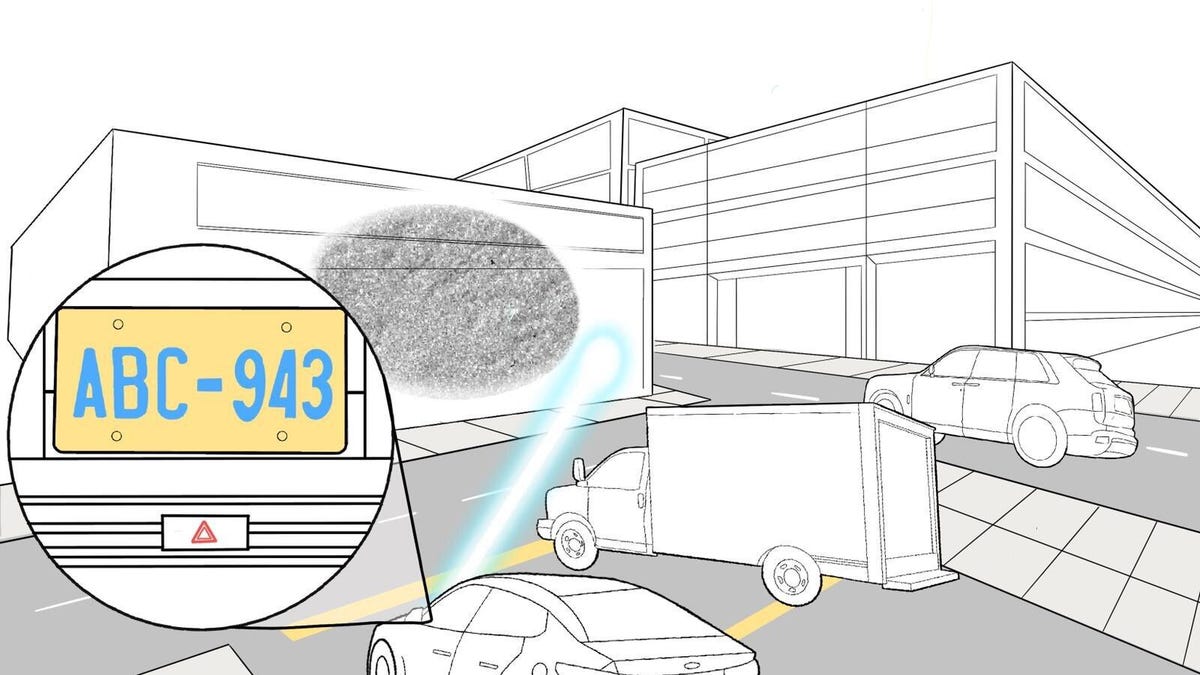There's nowhere to hide anymore: This AI can see around corners
The future is about lasers that can see what you can't.

Researchers used deep learning to create a new laser-based system that enables imaging around corners in real time.
Hiding behind a wall might not be practical for much longer thanks to new technology that uses artificial intelligence to see and even read around corners.
A team of researchers from Princeton, Stanford, Rice and Southern Methodist universities devised a system that uses powerful lasers similar to a laser pointer. The beam is bounced off a visible wall and onto a hidden object behind a corner. The beam then bounces off the object and back onto the wall.
This creates an interference pattern on the wall called a speckle pattern. The image of the hidden object is encoded in this pattern, and the researchers turned to a deep learning algorithm to perform the complex computations required to reconstruct it in real time.
The researchers were able to successfully read numbers and letters not visible via a direct line of sight.
Other research has used lasers to visualize broader scenes obscured from direct view, but the new work takes it further in terms of being able to see in higher resolutions and real time.
"Compared to other approaches, our non-line-of-sight imaging system provides uniquely high resolutions and imaging speeds," said Christopher A. Metzler, from Stanford University and Rice University, who led the research. "These attributes enable applications that wouldn't otherwise be possible, such as reading the license plate of a hidden car as it is driving or reading a badge worn by someone walking on the other side of a corner," said Metzler in a release.
The research has been published in the journal Optica.
"Non-line-of-sight imaging has important applications in medical imaging, navigation, robotics and defense," said co-author Felix Heide from Princeton University.
Going forward, protecting privacy may entail not just shielding yourself and your data from prying eyes, but also from any space a tiny laser could invade.
Originally published Jan. 21, 1:44 p.m. PT.

